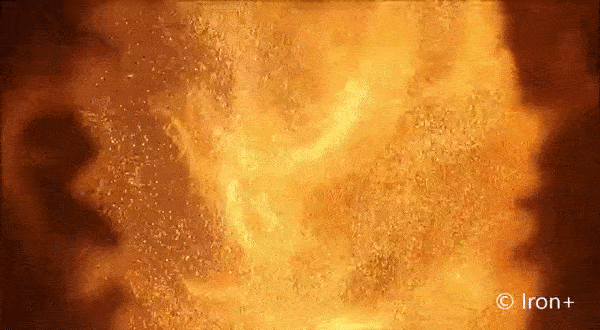Discrete burning for sustainable energy

With the new understanding made possible from microgravity research it became possible to build efficient and practical iron-burning furnaces.
The advantage of burning iron is down to chemistry. Essentially, burning fuel is the process of transforming a material by adding oxygen atoms. his is why carbon-based fuel produces the greenhouse gas carbon dioxide when two oxygen atoms are added to the carbon-based fuel such as wood, coal or oil. With iron, the leftover product after combustion is iron oxide, more commonly known as rust. No carbon dioxide is produced, and the rusty iron can be easily collected as it doesn’t form a gas – burning iron emits no noxious gases at all.
Iron rust can even be processed to remove the oxygen and return it as iron using hydrogen. By using electricity from sustainable sources, iron as a fuel can become a circular, endlessly recyclable energy storage.



